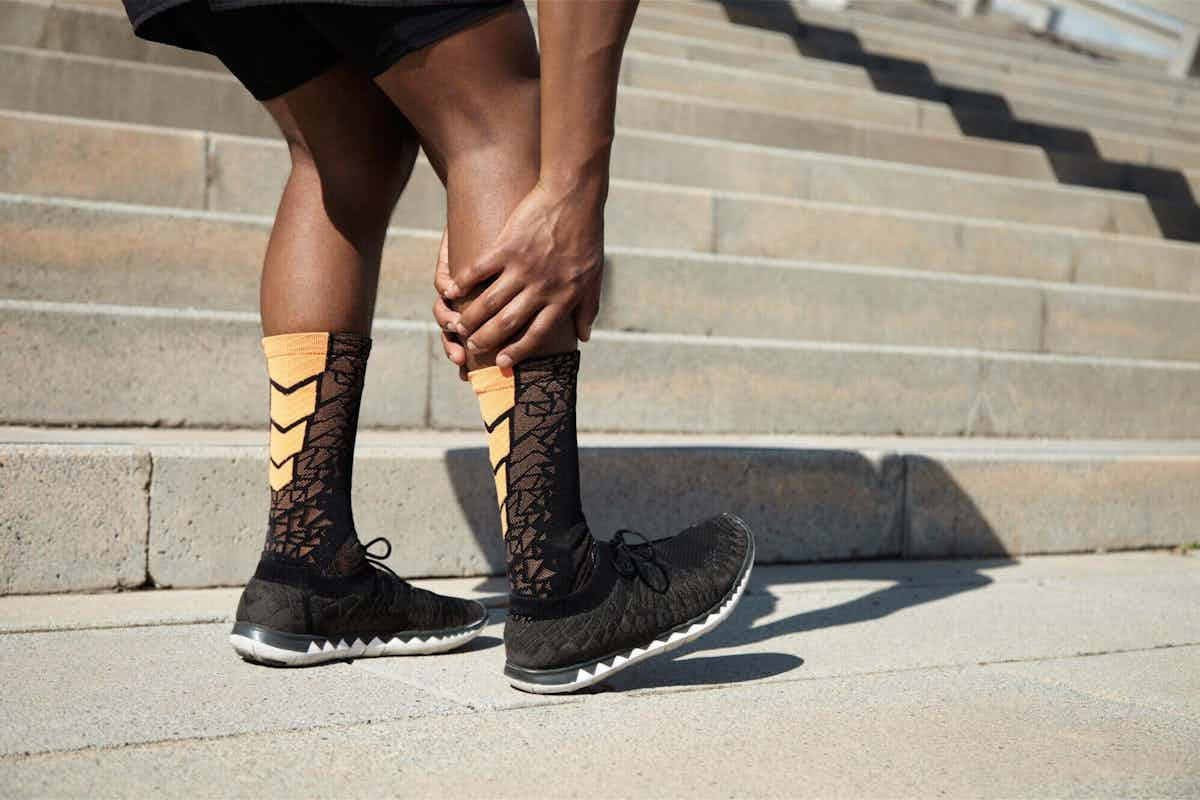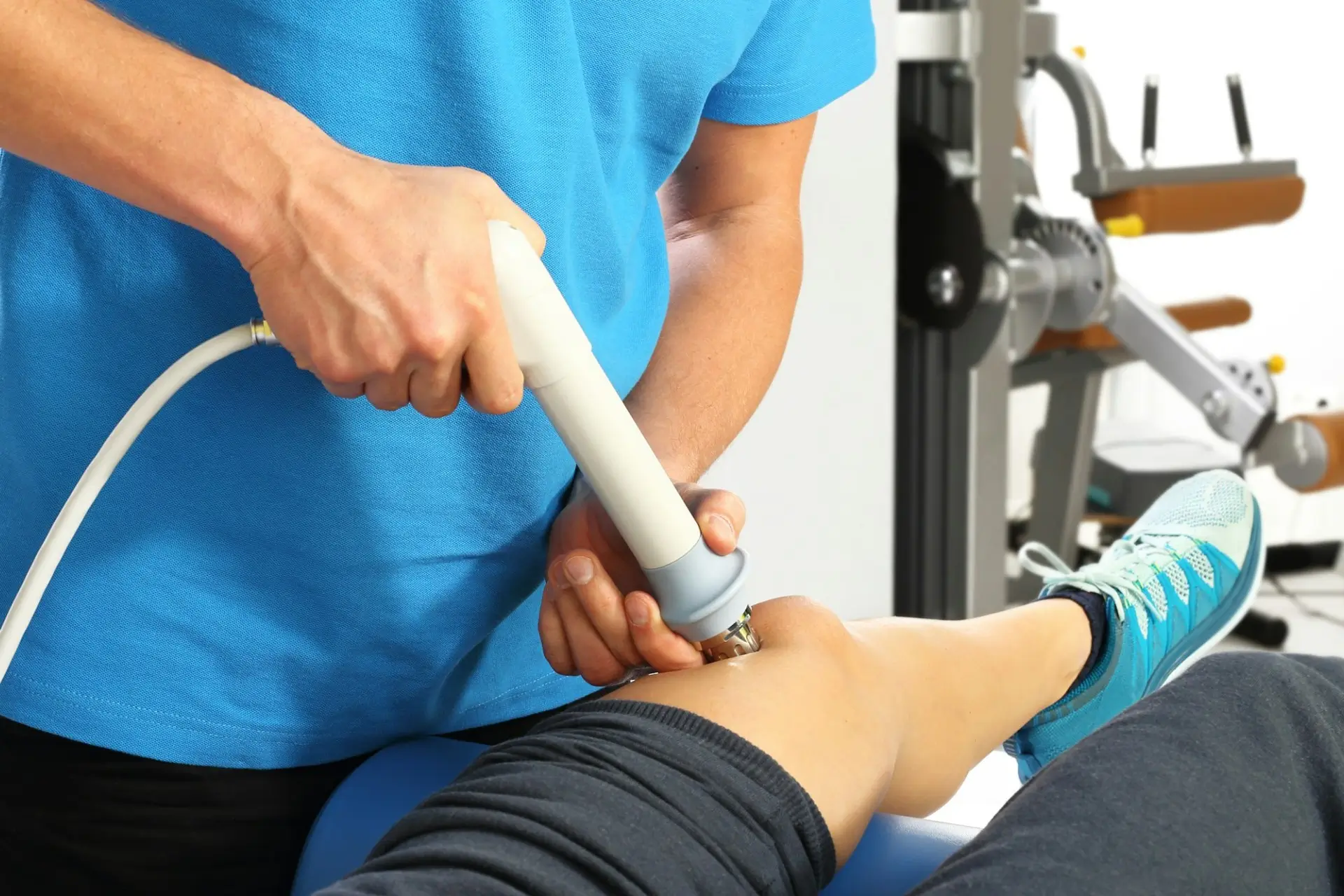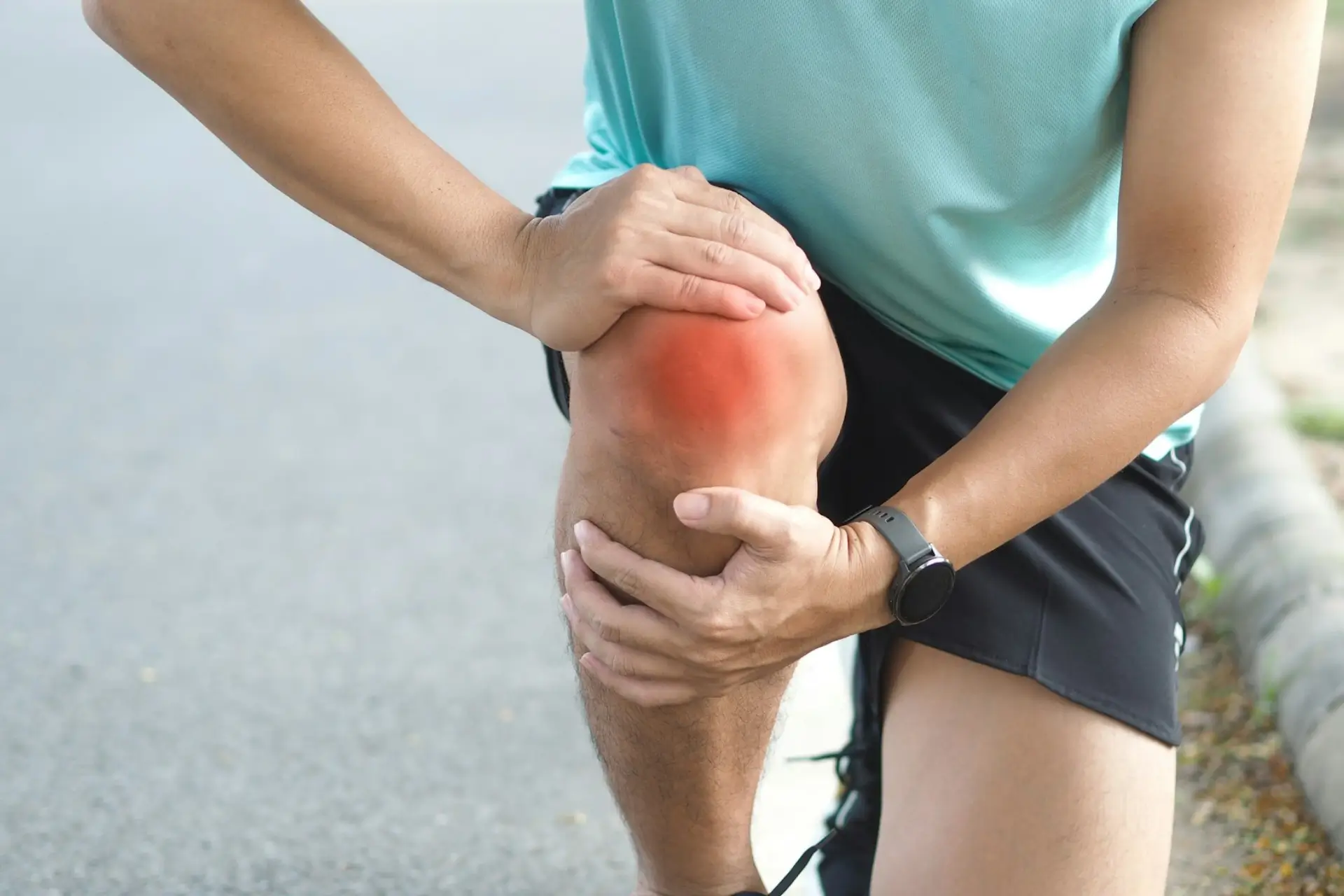How Physical Therapy Can Address Common Running Injuries Effectively

Running is a fantastic way to stay fit, but it can be hard on your body. Every stride places stress on your muscles and joints. Over time, these repetitive motions can lead to common running injuries like shin splints or a runner’s knee.
No one likes to be sidelined from the activities they love, especially something as simple and freeing as a run. But when injury strikes, many runners are unsure where to turn for help.
At Canyon Lake Physical Therapy, we help runners recover from injuries and prevent them from happening in the first place. If you’ve ever wondered how to recover from running injuries without losing momentum, you’re in the right place. Keep reading to learn how physical therapy can make all the difference in your running routine.
Common Running Injuries and Their Impact
Running is a high-impact sport that can be unforgiving to your body, especially if you’re not careful. Some of the most common running injuries include:
- Runner’s knee
- IT band syndrome
- Shin splints
- Plantar Fasciitis
- Achilles Tendonitis
Plantar fasciitis is another common issue. It involves inflammation of the plantar fascia, a thick band of tissue that runs along the bottom of the foot, connecting the heel to the toes. When the plantar fascia becomes tight or strained, it leads to pain in the heel or arch of the foot, which can worsen with prolonged walking or running.
Achilles tendonitis is another frequent problem. It involves inflammation of the Achilles tendon, a strong band of tissue that connects the calf muscles to the heel bone. When the tendon becomes irritated or overused, it results in pain and stiffness along the back of the ankle, which can worsen with continued activity such as running or jumping.
Runner’s knee, or patellofemoral pain syndrome, is a frequent complaint among runners. It occurs when the cartilage under the kneecap becomes irritated, causing discomfort during activities like:
- Squatting
- Climbing stairs
- Sitting for long periods
IT band syndrome is another culprit. It involves inflammation of the iliotibial band, a thick ligament that runs from the hip to the knee. When the IT band gets tight, it rubs against the outer knee, resulting in pain that can worsen with each mile.
And, of course, shin splints — the nagging pain along the shinbone — can make every step a challenge, particularly on hard surfaces.
These injuries can severely affect your performance and your daily life. You might find yourself limping through the grocery store or wincing while walking your dog. Worse, ignoring these issues can lead to more serious problems that keep you off your feet longer than expected.
For dedicated runners, the idea of slowing down is tough, but it’s even harder when an injury forces your hand.
Physical Therapy in Running Injury Prevention
The good news? Many of these injuries are preventable, and physical therapy plays a crucial role in keeping them at bay. Through proper assessment and targeted exercises, physical therapy helps identify weaknesses or imbalances in the body that could lead to injury.
For instance, if your quads are overdeveloped compared to your hamstrings or if your hips lack stability, you might be unknowingly putting yourself at risk.
At Canyon Lake Physical Therapy, we focus on early identification of injury risks before they turn into full-blown problems. Physical therapy helps runners maintain a healthy, injury-free lifestyle, by addressing:
- Muscle imbalances
- Improper running form
- Flexibility issues
Strengthening key areas can make a world of difference in how your body handles the repetitive stress of running, like the:
- Hips
- Knees
- Core
How Physical Therapy Helps Recover from Running Injuries
Recovering from a running injury can feel like a long, uphill battle. That’s why personalized recovery plans are essential. Physical therapy doesn’t offer a cookie-cutter approach.
Instead, it tailors exercises and treatments to each individual’s unique needs and injury. At Canyon Lake Physical Therapy, we assess your body:
- Mechanics
- Strength
- Flexibility
So you can bounce back stronger and faster.
The goal is to address the root cause, whether it’s:
- Improper running form
- Muscle imbalances
- Footwear
The exercises you’ll work on strengthen the problem area and the surrounding muscles as well. By doing so, you’re not only recovering but also preventing future setbacks.
Injuries like a runner’s knee or shin splints can be frustrating because they seem to linger. But with the right physical therapy plan, recovery times are shorter, and pain relief is faster.
Physical Therapy Exercises for Runners: Building Strength and Flexibility
Strength and flexibility are the foundation of any successful runner. That’s why physical therapy exercises focus on building up these two key areas.
Exercises like squats and hip bridges are common tools used to strengthen muscles around the knees and hips. These large muscle groups are essential for stability and support during a run, reducing the chances of injury over time.
One often overlooked area is flexibility. Tight muscles, especially in the calves or hips, can lead to poor running form, which can cause overcompensation and injury. The more flexible you are, the easier your body can adapt to the demands of running, leading to long-term success on the road or trail.
Balance is another focus. Many runners suffer from a lack of stability, which often leads to injuries like ankle sprains or IT band syndrome. Simple exercises such as single-leg squats or balance drills on uneven surfaces improve coordination and help runners build strength in those smaller, stabilizing muscles.
Common Sports Injuries Treatment: Why Physical Therapy is Key
While running injuries are common, physical therapy is a game-changer for athletes in all sports. Sports like basketball or tennis involve quick, sharp movements that can lead to sprains and strain. Physical therapy helps athletes from all backgrounds recover faster and smarter by focusing on tailored treatment plans.
For example, treating a sprained ankle in a soccer player will involve different exercises and strategies compared to recovering from a shoulder injury in a tennis player. At Canyon Lake Physical Therapy, we don’t believe in a one-size-fits-all approach. Instead, each treatment is customized to the specific demands of your sport and your body’s needs.
By focusing on a personalized approach, physical therapy offers long-term benefits. It builds resilience in your body, so you can return to your sport feeling stronger and more confident.
Through:
- Hands-on therapy
- Strengthening exercises
- Mobility work
Athletes can reduce their recovery time and minimize pain — ensuring that they’re able to get back to peak performance as quickly as possible.
Stay Ahead of Running Injuries with Physical Therapy
Running injuries don’t have to keep you sidelined. Physical therapy provides the tools you need to recover quickly and prevent future setbacks.
At Canyon Lake Physical Therapy, we create personalized treatment plans that address your unique needs, helping you regain strength, mobility, and confidence. Our compassionate, expert team — backed by glowing reviews like “Canyon Lake PT helped me recover faster than I ever thought possible” — is here to get you back to doing what you love.
Ready to take the next step? Contact Canyon Lake Physical Therapy today.


